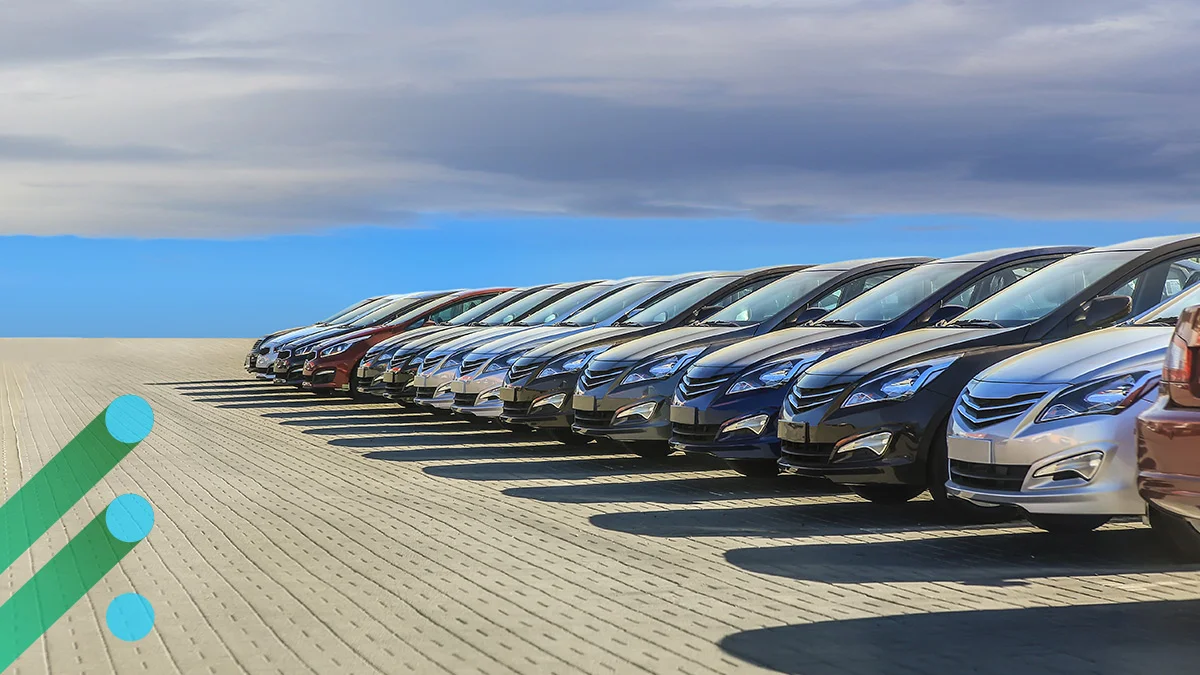29 Sep

Understanding Revenue Maximization in The Car Rental Industry
Revenue management for the car rental industry is a hard ball to crack, with various complex models of operation and polarity in the type of customers across a company’s fleet rental activity. The central differences in the supply-and-demand characteristics further complicate management of revenue in the car rental industry.
However, in recent times, the more prominent brands in the industry have adopted optimization techniques utilized by the rest of the leisure industry.
In order to understand how to maximize revenue management in the car rental industry, it is imperative to understand two things – the inventory types and the pricing structure. Let us take a deep dive into them both.
Understanding the basics of competitive intelligence
The inventory types for revenue management in the car rental industry can be divided by function and size. This is because, unlike hotels, cars are mobile.
While cars can be picked up or dropped off at any pre-decided location, pricing depends on factors like distance of fleet movement, drop/ pick-up location, demand in the said locations, and more.
By function
Cars have varied functions for diverse customer needs. For example, Hertz divides their cars in the following ways:
- Eco-friendly hybrid cars for green travelers
- Commercial trucks for movers
- Luxury cars for high-end customers
- An adrenaline collection for sports lovers
They further divide their cars up by size. This way, Hertz meets different customer needs by providing varied price points based on the product usability for the customer.
By size
The second method of segregation is based on size. Usually, car rentals offer different types of cars, such as economy cars, SUVs, trucks, etc. This classification is based on the car’s performance or different properties, such as the number of seats in the car, carriage space, and fuel consumption.
Pricing in the car rental industry
Apart from dividing up the inventory, revenue management in the car rental industry considers different factors in pricing their offerings. These classifications fall into two categories: physical rate fences and non-physical rate fences.
Physical rate fences
There are four physical factors that decide the pricing in the car rental industry. These are:
Age
Most car rental companies only rent to people over the age of 25 years to lessen the chances of getting into accidents. If they do decide to rent to people younger than that, they usually mark up the price by a percentage.
Type of car
A luxury car or a sports car is far more expensive than a regular sedan or SUV. To ensure a better return on investments, car rental companies will often price the type of car accordingly.
One-way rentals
Customers often rent a car in a different location and drop it off at another. This is known as a one-way rental. Car rental companies tend to charge a higher fee in such cases to account for the cost of bringing it back to their operations base.
Amenities
Firms often add certain services like refueling and security plans to car rental businesses as a package. Hourly rental vehicles are frequently purchased with refueling and protection plans which add to the pricing.
Non-physical rate fences
In addition to the four physical rate fences, the car rental industry also relies on four non-physical ones.
Booking time
Prices vary depending on the booking time and the time of utilization of the service. For instance, weekly rates may differ from weekend rates. Moreover, booking ahead of time also saves money. Additionally, peak season costs are higher than off-season pricing.
Time of payment
Car rentals do not entail any deposits. But customers who pay in advance are often offered cheaper rates.
Membership
Rental car firms usually create membership programs for customer retention and offer discounts to them. Avis, for example, offers small business discounts to customers who open a small business account with them.
Service duration
The duration of the rental period also influences rental car rates. Often, the longer the rental duration is, the lower the daily rate. For example, renting for a month is typically less expensive than renting for a single day.
5 tips to maximize revenue in the car rental industry
Once a car rental company has decided on its pricing, it is time to implement practices that positively affect revenue. So, here are 5 tips to maximize revenue in the car rental industry.
1. Understanding the market
The key to success in any sector is understanding the consumer and their requirements, wants, and expectations.
Additionally, it is essential to comprehend channel segmentation. Car rental companies need to identify the various channels and optimize the rates for each. Moreover, they need to create an annual strategy based on this and optimize pricing accordingly.
2. Encourage revenue culture
Revenue management is an underappreciated asset. So, firms need to prioritize it and encourage a culture of revenue.
To do this, they need to speak with major stakeholders, match their approach, and assist them in understanding their own. The point is to work with rather than against them and change the broader strategy to meet overall revenue objectives.
3. Picking the right technological solutions
Many companies are yet to move on from their days of manual pricing. This is an urgent requirement not only because it holds the possibility of inaccuracies but also because technology has made pricing fairer.
Additionally, certain car rental software solutions can significantly alter how pricing decisions are taken in the vehicle rental sector. This enables businesses to price at a micro level allowing for better transparency.
4. Forecasting activities
The best judgments are those supported by evidence, and in revenue management, data is that evidence. Data runs all businesses today, while forecasting acts as an essential application of this data.
Furthermore, given the expenditures involved in automobile acquisition, being wrong could be heavy on the pocket. If a car rental company does not have a business intelligence team, there is a variety of car rental software available to assist them. So, a company must forecast and prepare ahead of time to reap the advantages.
5. Study analytics
Continuing on the previous argument regarding the value of data, analysis and measurement are critical in revenue maximization. Everything should be measured and analyzed. However, identifying the correct KPIs is critical to overall business performance.
Incorrect KPIs will promote the incorrect outcomes. Hence, analyze your company’s goals and the metrics that best represent them. Consider using metrics such as RPU or revenue per unit or GOPPAC or Gross operating profit per available car.
How Rev-AI can help
The recommendation listed above may seem far-fetched given that most of them are so starkly different from the other. However, Rev-AI is a tool that combines all of these functions into one. The data offered by Rev-AI can help with a host of different things:
- A well-organized dashboard to track metrics
- Insight into all of the trending dates and locations
- Track hyper-local demand
- Understand how much your audience is willing to spend on a service
- Get price recommendations by car type, day and location.
- Have access to a dedicated Revenue advisor
- Distribute pricing across channels
Wrapping Up
While it is difficult to fully comprehend revenue maximization in the car rental industry, it isn’t impossible. Plus, with the introduction of car rental software solutions, it has become far simpler than it once was.
Moreover, now is the best time for rental car firms to create a revenue forecasting system for the following:
- The optimal number of automobiles in any place
- Demand
- Ideal pricing and vehicle mix for each location
Furthermore, if you do encounter a fork in the road, consider harkening back to this article for pricing criteria and tips to price optimally.



